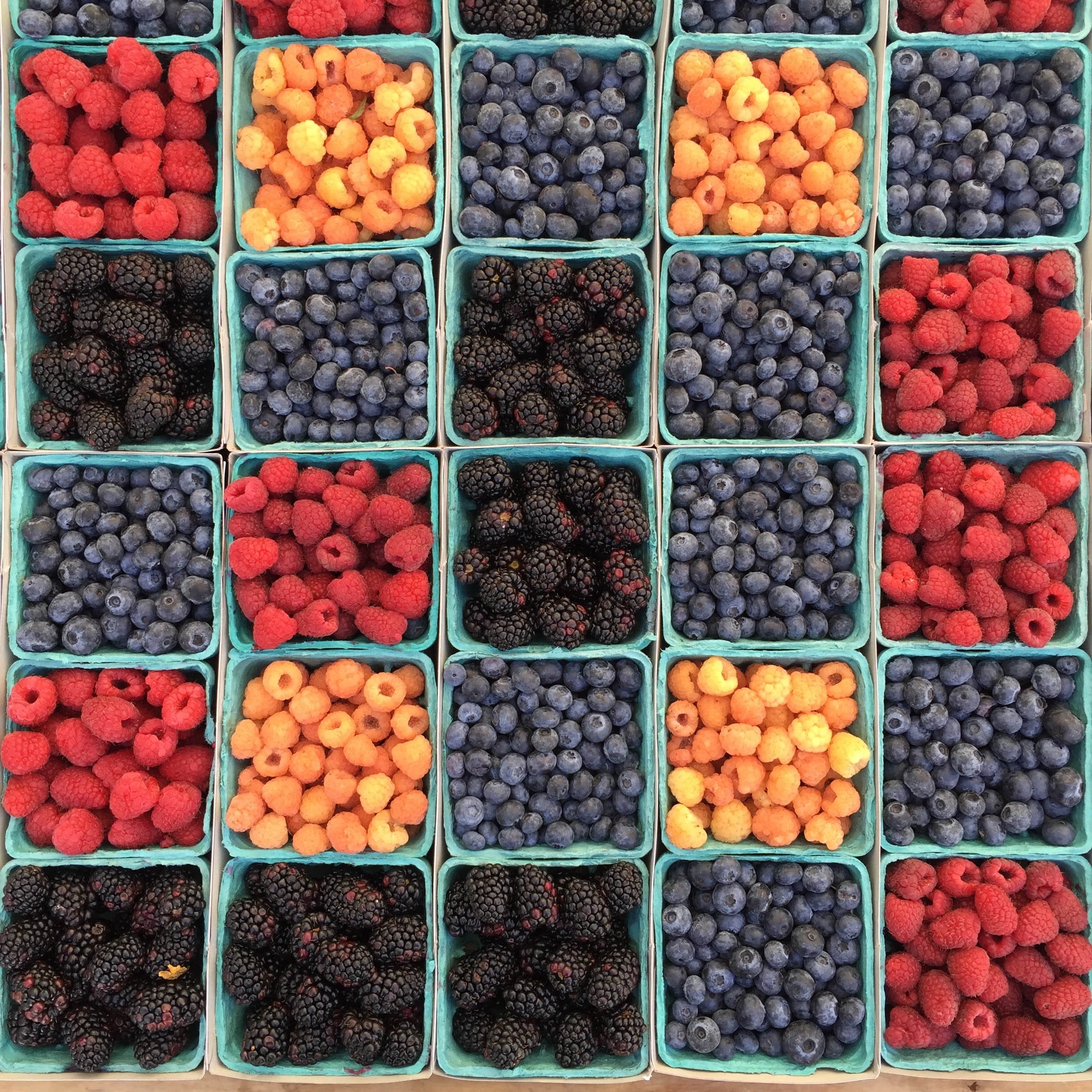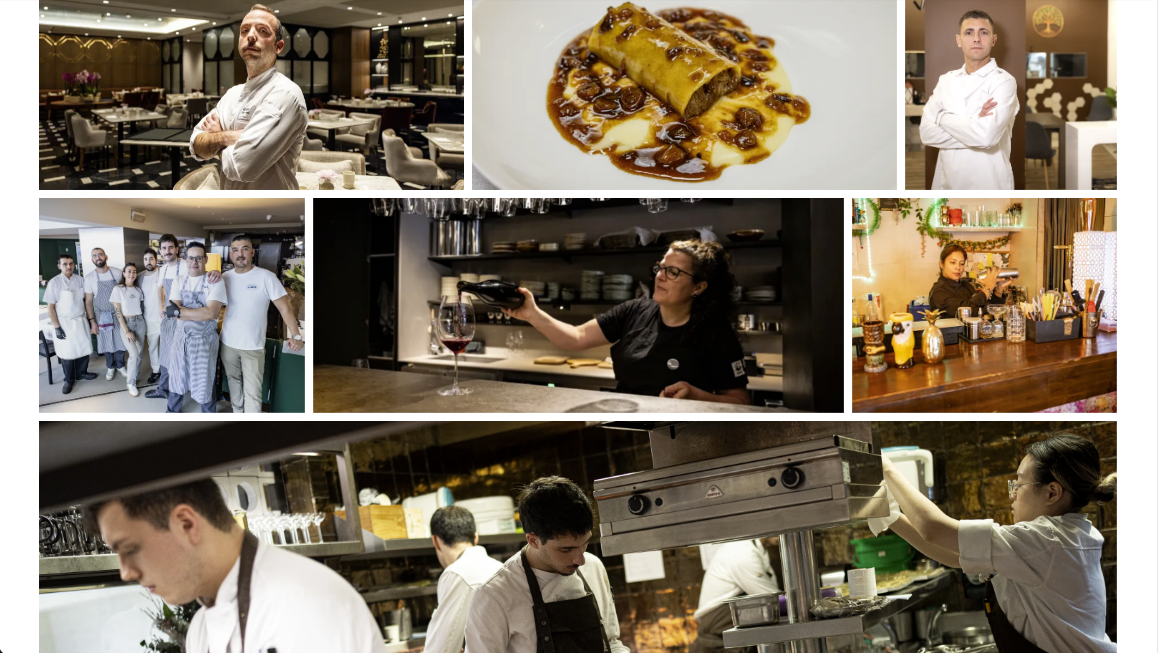4 ways to tell interactive digital stories about food
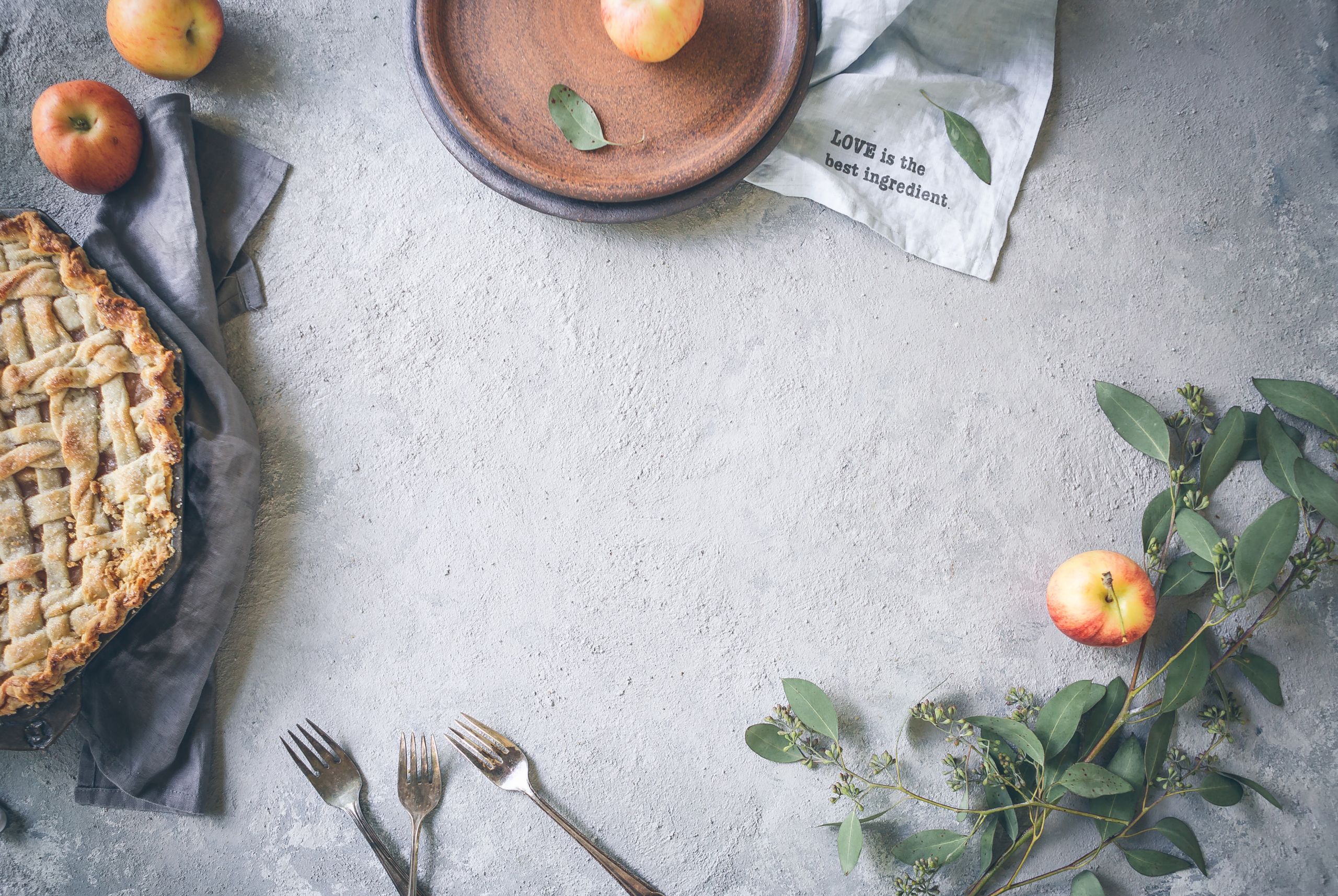
If you've ever drooled over an Instagram post or combed Yelp for photos of an entree, you know that food is an inherently visual subject.
by Christine Mi
The best storytellers know that in order to create a compelling narrative about food, you need to first make it look good. In other words, it's all about the presentation.
Presenting food has just as many challenges online as it does offline. We aren't professional chefs here at Shorthand, but we do know a thing or two about telling beautiful stories. If you want to elevate your food writing — whether it's an editorial story, restaurant menu, or a recipe collection — you'll want to find novel ways to transform your content into engaging multimedia experiences.
If you want to learn about interactive marketing — and not just for food writing — read our guide to interactive marketing.
There are many ways to tell a successful visual story about food. Let's get a taste of four creative ideas to help inspire your next food story.
Create your first story free with Shorthand.
Build stunning, interactive web content at scale — no code or web design skills required.
Get started.
1. Deconstruct your food

One of the most effective ways to introduce visual interactivity to your food story is by deconstructing your subject. You can do this by breaking a dish down into its ingredients or categorising it by characteristics, like texture or flavour.
In Deconstructing The Chicago-Style Hot Dog, WBEZ Chicago uses Shorthand to create an interactive section that builds a hot dog from the bun up. See below how this results in an entertaining, media-rich experience.
Find other (non-food related) interactive content examples here.
Use our Reveal feature to separate a recipe into its ingredients.
Use our Reveal feature to separate a recipe into its ingredients.
2. Don't skimp on the photography
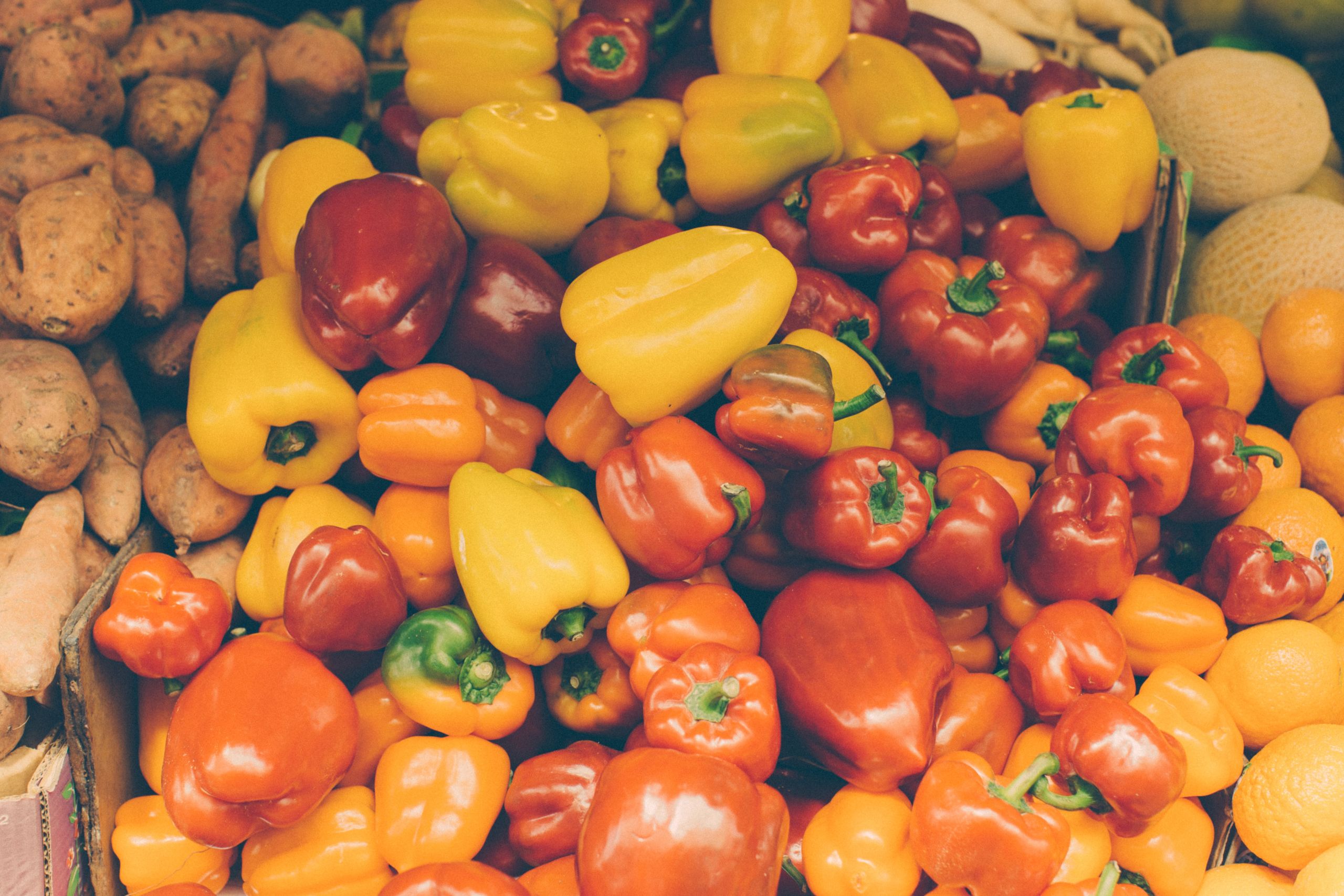
The most engaging food writing is often paired with brilliant visuals. Notice how this look back on 2024 from El Nacional combines mouth-watering shots of beautifully-presented dishes, with action-packed behind the scenes shots of chefs at work in the kitchen.
El Nacional
El Nacional
El Nacional pairs full-width hero imagery with a selection of supporting images in a Media Gallery.
El Nacional pairs full-width hero imagery with a selection of supporting images in a Media Gallery.
In The Eternal Life of the Instant Noodle, BBC News layers two photos of an instant noodle cup to create an interactive juxtaposition between the interior and the exterior.
The cross-fade transition from our Reveal section is great for comparing two similar images.
The cross-fade transition from our Reveal section is great for comparing two similar images.
3. Generate emotion
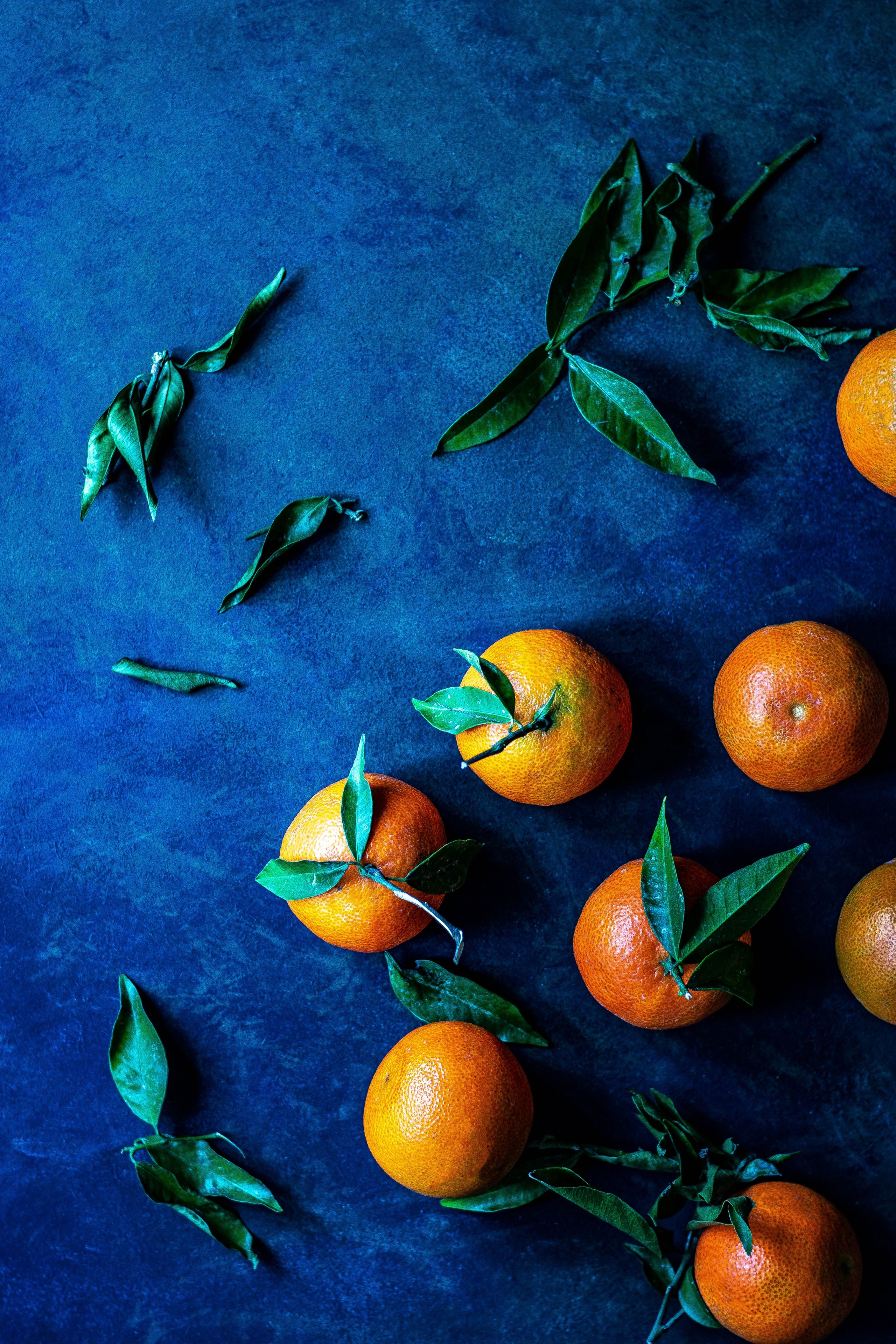
Food can be used to understand larger social issues or cultural moments. It can often be an emotional topic, and its power can be amplified by using the right storytelling tools.
My Life on a Plate is a BBC News story that profiles five people who depend on food banks to eat. The story is made more powerful by the accompanying images of each person's meal from the food bank. The food on the plates slowly dwindles as the reader scrolls.
Use photos in quick succession to create a time lapse effect.
Use photos in quick succession to create a time lapse effect.
4. Spice up your recipes
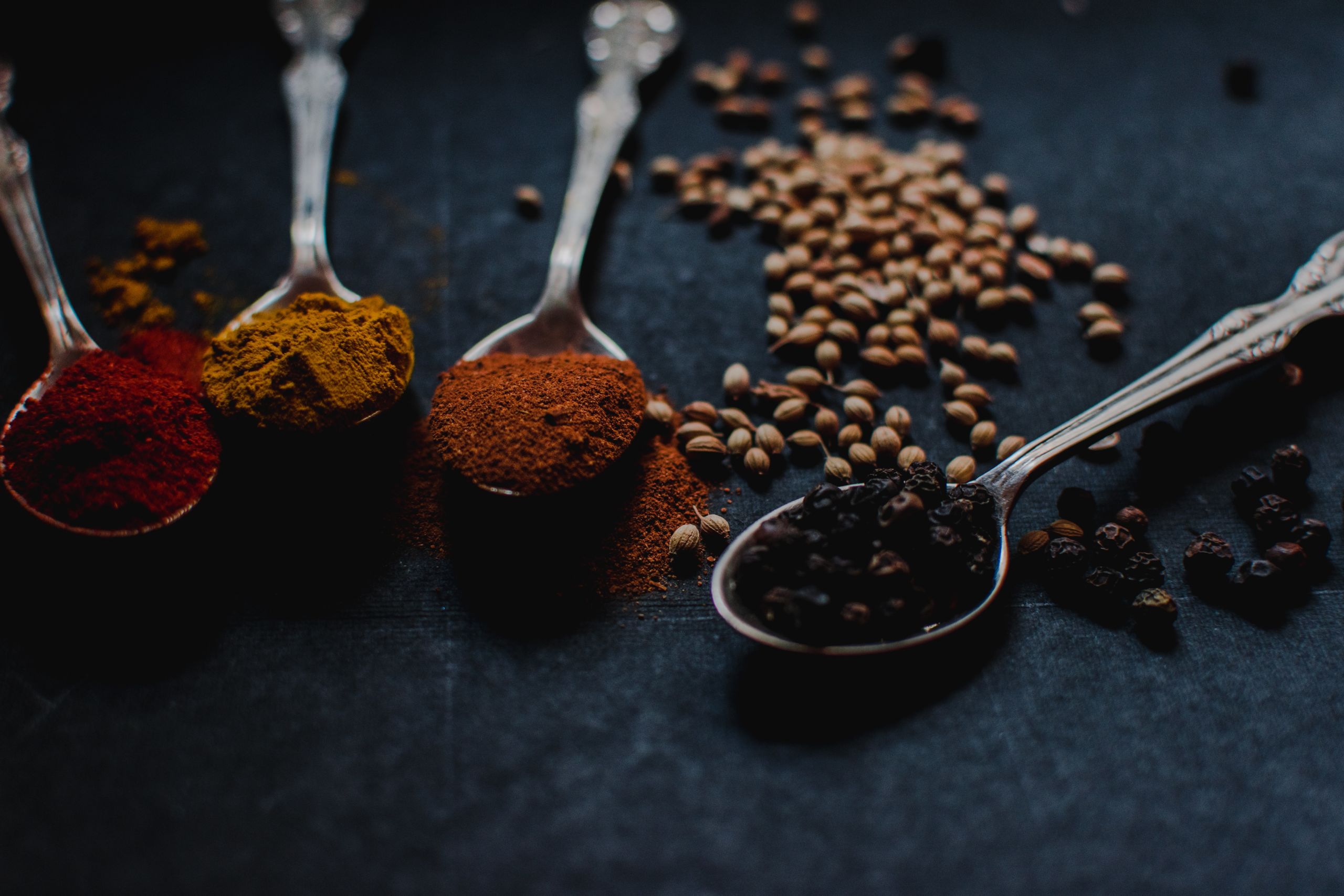
Make your recipes engaging by using rich media in the form of videos, images, and animation. A multimedia presentation is a great way to make your recipes feel unique and interactive, especially when your are creating a brand story.
See this excellent example of brand storytelling, The Art of Batching by Robb Report. The story introduces cocktail recipes with an animated section that compels the reader to interact with the story, and then pairs each cocktail with compelling imagery.
The right videos and photos can elevate even the simplest recipe.
The right videos and photos can elevate even the simplest recipe.
Whether it's breaking down a hot dog or dissecting a cup of ramen, there is no shortage of Shorthand storytellers using our tool to tell unique, interesting tales about food. We can't wait to see what other delicious stories are to come!
If you want to chat to us about using Shorthand for your next food story, or have any questions, please get in touch!
These are just a few great food story ideas.
We'd love to hear about other great examples you've seen. Tag us @Shorthand on all major social media platforms.
